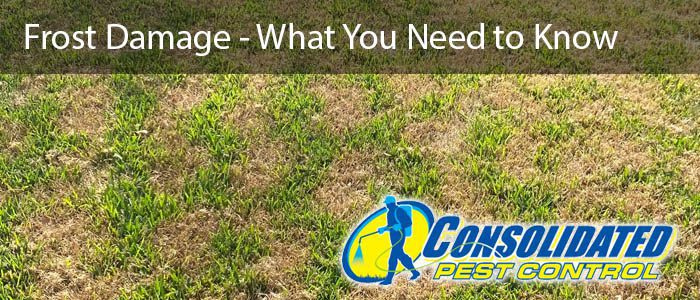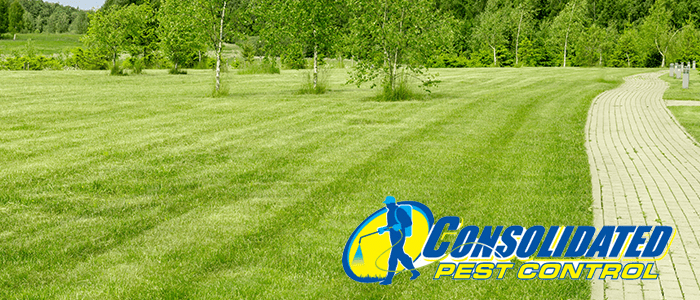Wasps are one of the most terrifying infestations imaginable, especially if you happen to be allergic to them. You should not take these aggressive insects lightly! There is a right way and a wrong way to deal with them. The trial and error approach is too dangerous for this type of pest because the error side can lead to a hospital visit, or worse! In most cases, severe wasp infestations are best left to professionals. However, smaller ones can be dealt with at home. Here are some tips for removing wasps the safe way.
Know What You’re Dealing With
A lot of people mistakenly just lump all stinging insects into the same category in their mind. They might be related in some sense, but they so not act in the same way. Wasp infestations are much more dangerous than a honeybee swarm, even though honeybees usually come in much larger numbers.
Wasp colonies are much more aggressive and they do not die after a single sting. They can sting multiple times! Furthermore, there are thousands of different types of wasps. Some of them don’t even sting. On the other hand, some wasps are quite aggressive and will sting in massive swarms if they feel threatened. Wasps can even be fatal in some cases.
Avoid swatting wasps when you are outdoors. They sometimes emit a chemical that attracts other wasps, telling them that you’re dangerous. It can trigger a massive attack. Swatting can also anger the wasp if you happen to miss. It will attack! You are best to buy a spray and kill them that way.
Identify the Nest
The key to eliminating a wasp infestation is to find and destroy the nest. However, this is quite dangerous because they will attack as soon as they sense you as a threat. Observe the nest from a distance before you start developing a strategy. If a wasp enters a small hole of gap, then that’s probably where the nest is located.
Proper Use of Chemical Treatments
Some of you reading this article are probably DIYers at heart so you might be tempted to tackle this problem on your own. However, you should only attempt this on nests that are easily accessible. If you suspect that the wasps have built their nest inside of the walls, then you should call a professional.
There are a lot of chemical sprays that can be used to help eliminate this problem. They are specifically designed to specifically target and kill wasps. If you are dealing with hornets or yellow jackets, then you need to make sure you get the spray designed specifically for them.
Practice safe spraying methods before you approach the nest. Then you will need to plan your escape route. Aim, spray, and then quickly retreat into your home! You might need to repeat this a few times throughout the day.
Finally, it’s best to wait until night to spray a wasp nest because they react to shadows and could attack you instantly as you cast a shadow on them.








